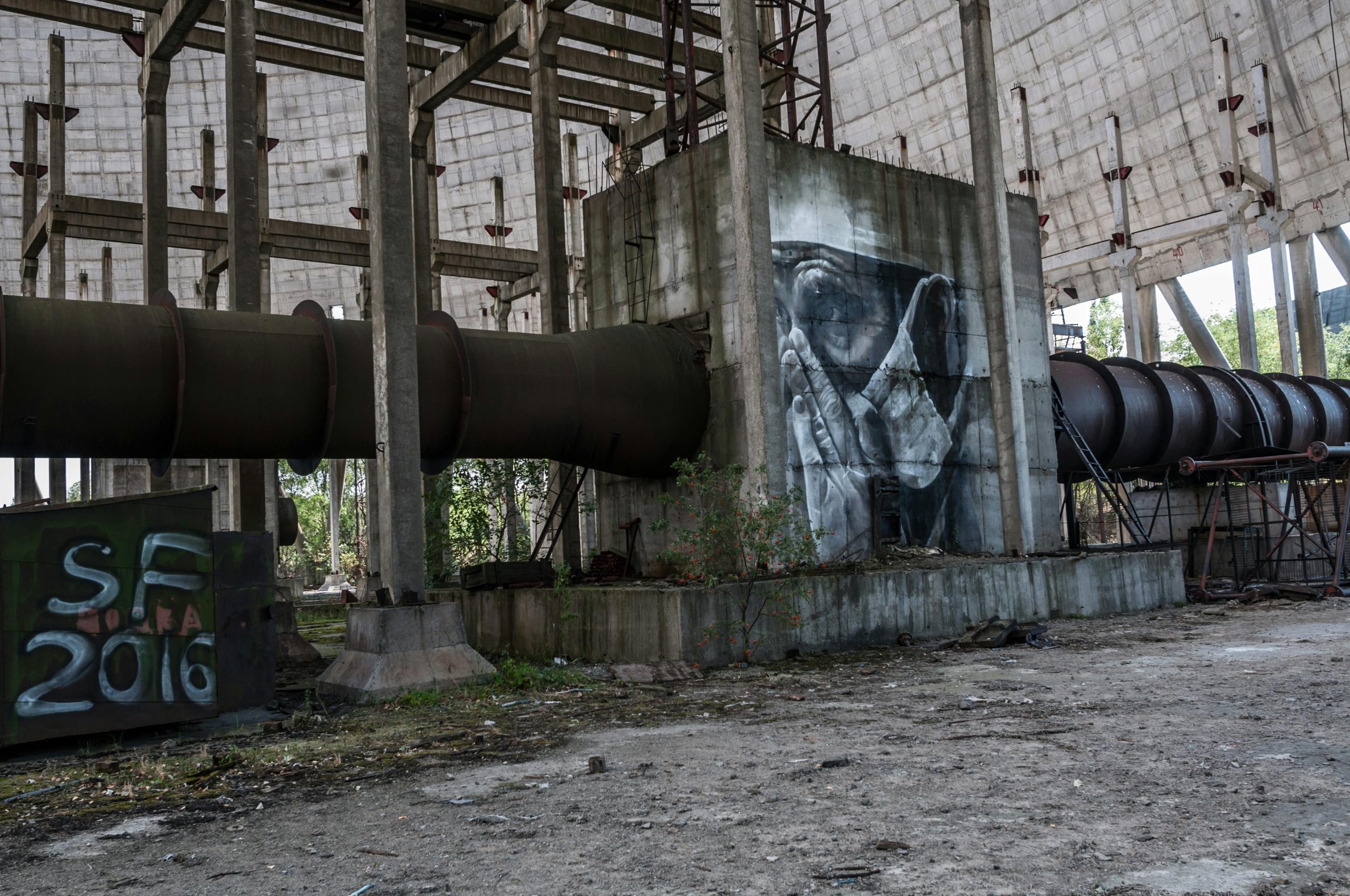Troubleshooting Azure OpenAI Integration: NVIDIA’s Nemo Guardrails V12 Causing Errors
Troubleshooting Errors Between Azure OpenAI and NVIDIA’s Nemo Guardrails
In the world of AI development, maintaining compatibility across libraries and frameworks is crucial for a seamless experience. Recently, I encountered an issue while upgrading to the latest version of NVIDIA’s Nemo Guardrails—specifically version 0.14.0. Previously, I had been using version 0.11.0 without any problems, but the unexpected error with the new release has prompted this exploration.
While attempting to integrate Azure OpenAI with Nemo Guardrails 0.14.0, I ran into a compatibility issue that has stumped me. I thoroughly examined the configuration settings in my project to ensure that the model was being correctly passed from the config folder. To my relief, everything appeared to be in order. However, the unexpected error has been a barrier to proceeding further.
In the traceback, I got the following error:
python
ModelInitializationError: Failed to initialize model 'gpt-40-mini' with provider 'azure' in 'chat' mode: ValueError encountered in initializer_init_text_completion_model (modes=['text', 'chat']) for model: gpt-40-mini and provider: azure: 1 validation error for OpenAIChat.
Value error: Did not find openai_api_key. Please add an environment variable OPENAI_API_KEY which contains it, or pass openai_api_key as a named parameter.
This error suggests that the system is unable to find the necessary OpenAI API key, which raises a concern. Although I have verified that the environment is set up correctly, it seems that the recent changes in version 0.14.0 of Nemo Guardrails may have altered how environment variables are handled or required.
Unfortunately, the documentation did not provide clear insight into any modifications related to the configuration of models. This has left me perplexed and seeking insights from the community.
If you’ve faced a similar issue or have expertise with the latest Nemo Guardrails configurations, your input would be invaluable. Understanding these updates will not only help me troubleshoot my current setup but could also assist others facing the same challenges.
Let’s collaborate and share our experiences to navigate this evolving landscape of AI technology together!














Post Comment